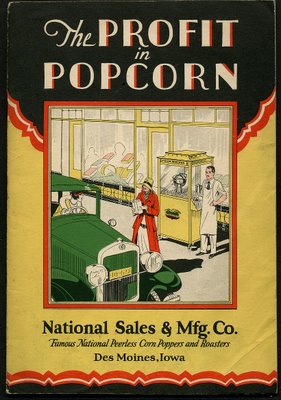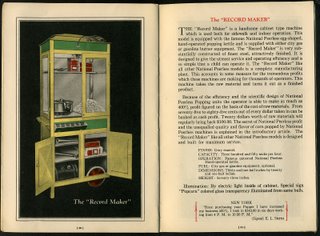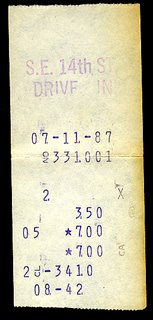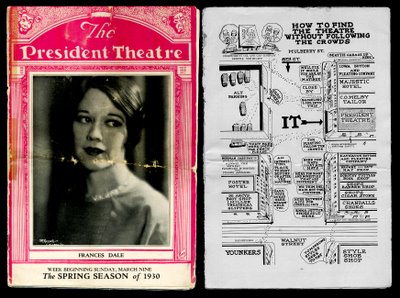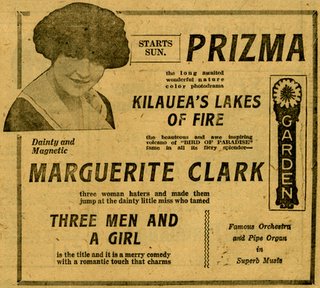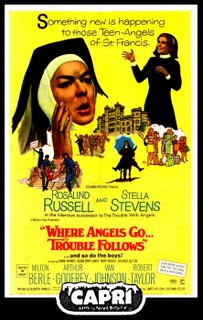 Story time: I think it was around the beginning of Christmas break in 1971 when an ad went out that Place's (the dime store next to Safeway at 42nd and University) was giving away free tickets to kids for a movie to be shown at the Capri, right across the street, as a holiday treat. Free popcorn and pop came with the deal. All you had to do was go to Place's, get your ticket, and go.
Story time: I think it was around the beginning of Christmas break in 1971 when an ad went out that Place's (the dime store next to Safeway at 42nd and University) was giving away free tickets to kids for a movie to be shown at the Capri, right across the street, as a holiday treat. Free popcorn and pop came with the deal. All you had to do was go to Place's, get your ticket, and go.I did--to see something called "Where Angels Go, Trouble Follows", which was the 1968 sequel to a Hayley Mills film, "The Trouble With Angels". The plot involved teenage nuns running amok at the St. Francis convent--why someone thought this might appeal to a pre-teen, not-necessarily-Catholic crowds, I'm not sure. (But hey--it hadn't been too long since someone else had thought "The Flying Nun" was a good idea.)
The place was packed. Nuns or no, a free movie was a free movie. And trouble followed: the kids (except me and my friend John) were going berserk, screaming, jumping up and down on the seats, chasing each other up and down the aisles and stairs. A kid from my third grade class, who always played the part of the tough guy, was making full use of his free popcorn--initiating a full-on popcorn-throwing battle with a friend of his I'd never seen before. I don't remember any attempt by the management to try and calm things down--not that they really could have. The mania was too widespread.
Then: the movie. Old nuns, teen nuns, and a school bus paraded across the screen--the only thing I remember was that they mounted a pair of steer horns on the bus' hood at one point. (Such unbridled nunnity!) Strangely, the crowd actually settled down and watched the show without further melee. And two hours later, we left, blinking in Saturday afternoon light--leaving the poor Capri the dirtiest I'd ever seen it. None of us ever talked about it again. And--if I recall rightly--Place's and the Capri never held another free movie there again.







